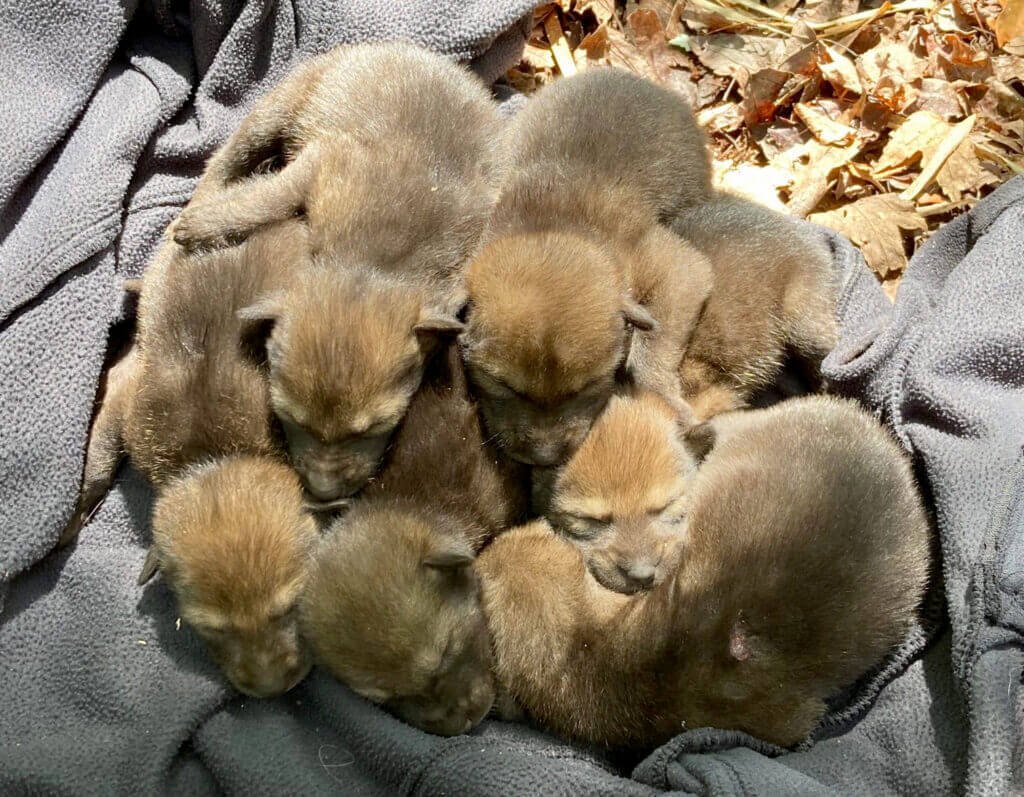As any animal enthusiast knows, the red wolf is an endangered species. However, there’s new hope for this endangered species as an adorable new litter of red wolf pups have been born. It was posted on Facebook in April by the Red Wolf Recovery Program that the litter had for female and two male red wolf pups.

As this was the first time that a litter of red wolves were born in the wild since 2018, animal rights activists have applauded the births. In the post on Facebook by the Read Wolf Recovery Program it says: “This red wolf pair was formed through the combination of several management actions and the two red wolves subsequently following their natural instincts in pairing, establishing their territory and mating. Every generation yields a new born hope for the red wolf … a cause for joy and celebration!”

According to NPR, the population of the red wolves decreasing have been linked to damage to their natural habitat, human hunting and extinction. As a vital point to the population’s survival, red wolf breeding initiatives have been started. On their website, the US Fish and Wildlife Service have noted the importance of the Species Survival Plan (SSP) facilities in maintaining red wolf birth rates.

According to the agency, the mating couples of red wolves have increased to 38 during the breeding season of 2021-2022, and they go on to explain: “As of August 2021, there are approximately 241 red wolves in 45 SSP facilities across the country. In the 2020-2021 breeding season, 30 breeding pairs were established and 23 pups in 6 litters were born. Four adults were released into the wild in the NC NEP and 4 pups were fostered to a wild red wolf, leaving 19 pups added to the SSP population. With additional space capacity, and to increase the population, the number of breeding pairs for the 2021-2022 breeding season increased to 38 pairs.”
